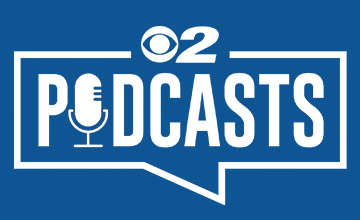Podcast: Play in new window | Download (Duration: 8:07 — 5.9MB) | Embed
Subscribe: Apple Podcasts | Android | RSS
Summer weather invites us to enjoy activities with our children, but we need to be extra careful about keeping them safe. This means never leaving a child in a vehicle – even for a minute – to prevent accidental heat stroke and even death.
Jade Elliott spoke with Jessica Strong, Community Health Manager, Intermountain Primary Children’s Hospital, to discuss the dangers of hot cars during this episode of the Baby Your Baby Podcast.
Hot vehicles can kill. About 40 children across the country die each year after being left in a hot vehicle. In Utah, 13 children have died in hot vehicles since 1990, and others have suffered injuries in “close calls.”
These tragedies can happen to anyone, and often occur when caretakers forget a child is in the car. Stress, fatigue, and change of routine can push a person’s brain into autopilot, making it easier to forget.
Summer is a time of heightened risk due to hot weather and changes in routine, including children out of school and families staying up late for activities. Family routine changes that have come with the coronavirus pandemic can add extra stress – and give us even more reason to be vigilant about safety.
To help provide caretakers with visual reminders that a child is in the vehicle, Primary Children’s is offering free Baby Safety Snaps at PrimaryChildrens.org/safety. The Safety Snap is a bright yellow lanyard printed with the words “Baby in Car.” The snap clicks into the car seat buckle where the straps connect in the 5-point harness. When you put your baby in the seat, you remove the lanyard and put it around your neck. When you arrive at your destination, the lanyard helps you remember the baby in the car.
Here are some additional tips to help prevent accidental heatstroke injuries:
– Never leave your child alone in a vehicle – even for a few minutes. A child’s body temperature can increase 3-5 times faster than an adult’s. Cracking a window has very little effect on the temperature inside the car.
– Always check your vehicle before leaving it.
– Keep a visual reminder that a child is with you, like a stuffed animal or diaper bag in the seat next to you, or your cell phone or purse in the backseat.
– If you see a child left alone in a car, contact the police or call 911.
The Baby Your Baby program provides many resources for all pregnant women and new moms in Utah. There is also expert advice from the Utah Department of Health and Intermountain Healthcare that air each week on KUTV 2News.
